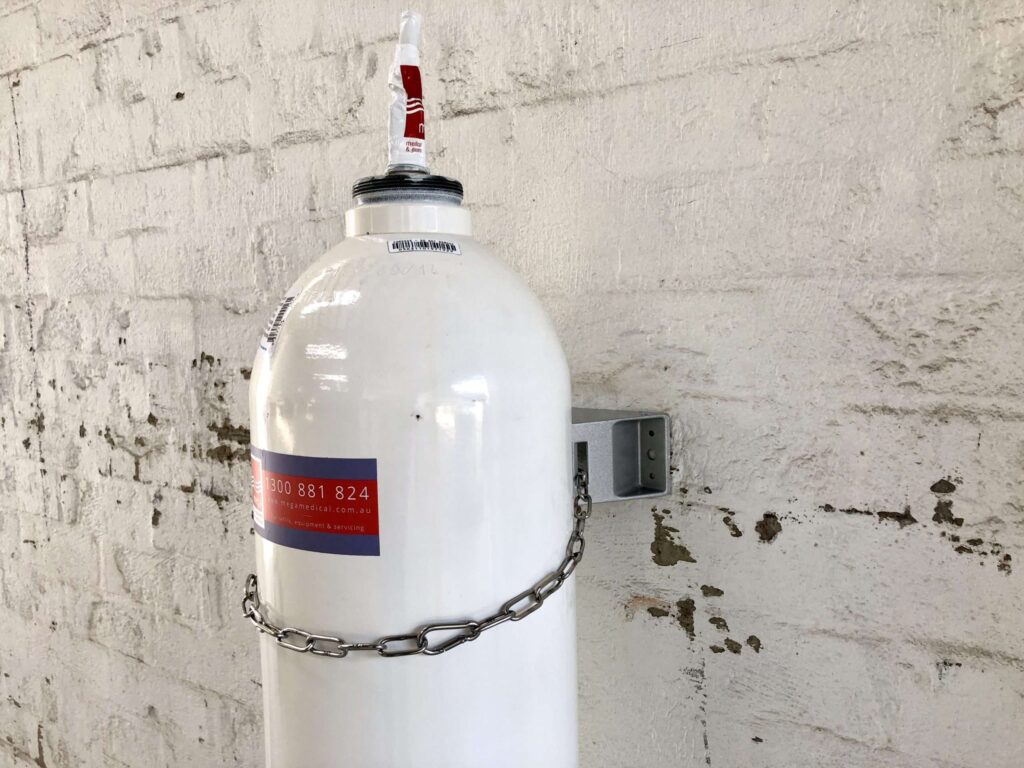What Are the Safety Regulations for Medical Oxygen Cylinders?
Medical oxygen cylinders are crucial for the effective treatment of patients with respiratory conditions. Ensuring their safe use involves adhering to strict regulations that govern their storage, handling, and transportation. Firstly, the storage of medical oxygen cylinders must comply with specific guidelines to prevent accidents. Cylinders should be kept in a well-ventilated area, away from sources of heat and flammable materials. Additionally, they must be secured to prevent tipping or falling, which could lead to dangerous situations. Regular inspections and maintenance of the storage area are also essential to identify and address potential hazards promptly. Cylinders must be properly labeled to ensure the correct identification of their contents. Clear and durable labeling, including the oxygen concentration and cylinder size, is crucial. This labeling helps prevent confusion and ensures that medical personnel can quickly identify and use the correct cylinder.

Handling medical oxygen cylinders requires meticulous attention to detail to ensure safety. Only trained personnel should operate these cylinders, following proper procedures for connection and disconnection. Protective gear, such as gloves and safety glasses, should be worn to minimize the risk of exposure to high-pressure gas. Furthermore, it is important to avoid dropping or jarring the cylinders, as they are pressurized and can cause explosive ruptures if damaged. Keeping the cylinder valves closed when not in use and ensuring that regulators are correctly fitted are crucial steps in maintaining safe operation. Emergency procedures should be established and communicated to all staff involved in handling medical oxygen. This includes protocols for responding to leaks, fires, or other emergencies involving oxygen cylinders. Regular drills and practice sessions can help ensure that staff is prepared to act quickly and effectively in case of an emergency.
Transportation of medical oxygen cylinders also demands adherence to safety regulations. Cylinders must be transported in secure, upright positions to prevent them from shifting or falling during transit. Transport vehicles should be equipped with appropriate restraint systems to hold the cylinders in place and should be well-ventilated to avoid the accumulation of oxygen. Hence read more and proper labeling and documentation are required to ensure that all personnel handling the cylinders are aware of their contents and associated hazards. Compliance with these regulations helps prevent accidents and ensures the safe delivery of oxygen to those in need. Safety regulations for medical oxygen cylinders are critical for ensuring the safe and effective use of this vital medical resource. Proper labeling, storage, transport, equipment maintenance, personnel training, and emergency preparedness are all key components of a comprehensive safety program. Adhering to these regulations helps protect patients, healthcare providers, and facilities from the risks associated with high-pressure oxygen cylinders, ultimately contributing to a safer healthcare environment.